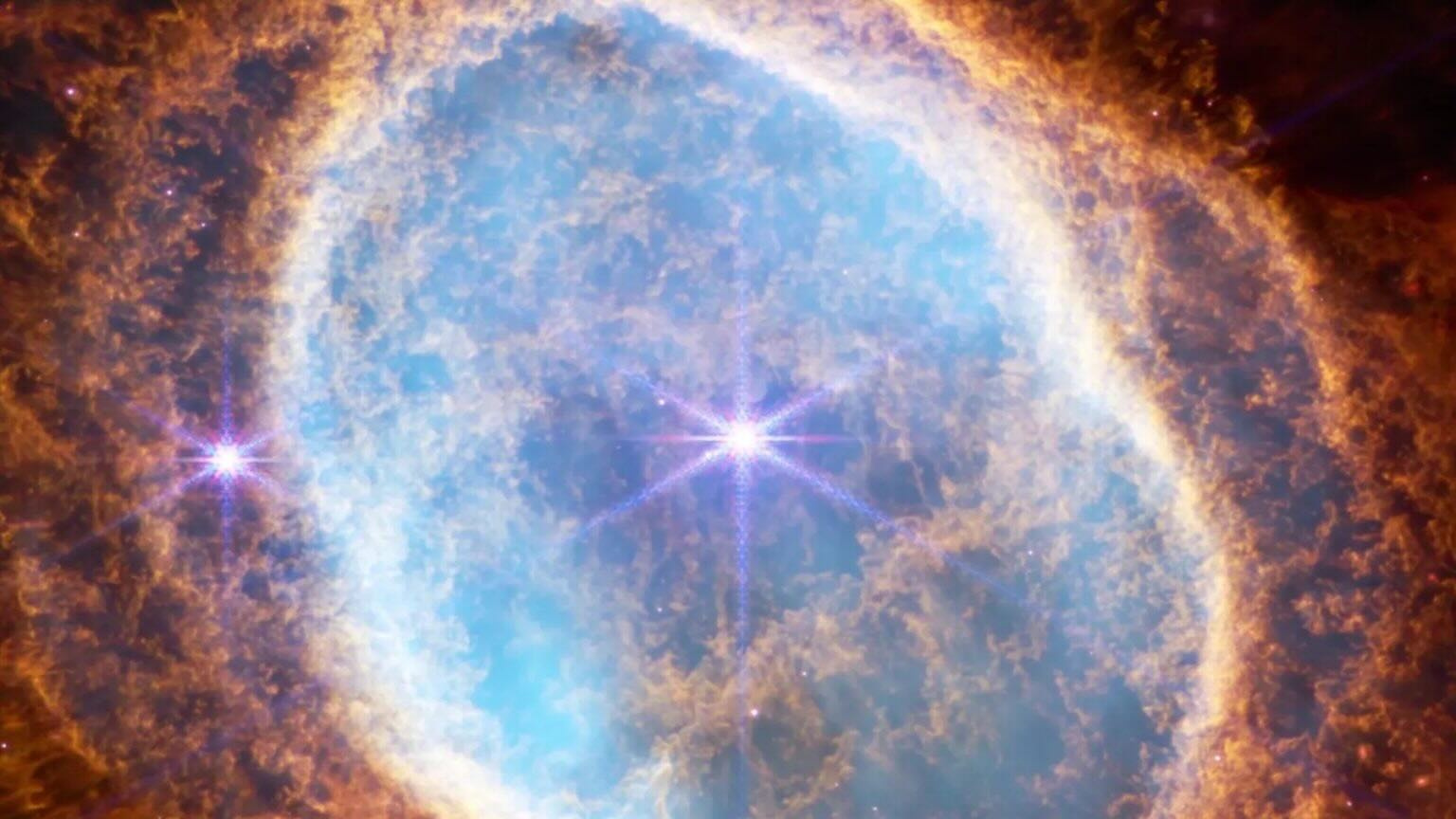It started with a strange signal from Antarctica—and the internet ran wild
Imagine scrolling through your news feed and seeing a headline that says, “NASA discovers a parallel universe where time runs backward.” Sounds like a sci-fi movie, right? Well, that’s exactly what blew up online a few years ago—and people couldn’t stop talking about it.
From wild social media theories to clickbait articles, the idea of a hidden cosmos captured imaginations everywhere. But how much of it was actually true?
Let’s break it down together.
What Sparked the Parallel Universe Theory?
To get to the bottom of this, we need to go back to 2020, when NASA launched an experiment called ANITA—short for Antarctic Impulsive Transient Antenna. It involved giant balloons floating over Antarctica, scanning for neutrinos, which are tiny, almost massless particles that usually zip through space unnoticed.
Sounds cool so far, right?
Well, during its mission, ANITA picked up something strange: signals that seemed to come from beneath the Earth, not above it. That’s… not how neutrinos usually behave. Normally, these high-energy particles are blocked by the planet, not traveling up through it.
This anomaly was so unusual, it got scientists scratching their heads—and speculative theories started to snowball.
So, What’s This About a Mirror Universe?
Some researchers suggested a theory called the CPT-symmetric universe, which is basically the idea that our universe might have a mirror version, running in reverse—energy, matter, even time flowing backward.
Cue the viral headlines.
Magazines like New Scientist explored this hypothetical idea, using cautious language full of “what ifs”. But the internet being the internet, that quickly turned into:
“NASA confirms a parallel universe where time runs backward!”
Spoiler alert: NASA never said that.
What Did NASA Actually Say?
Let’s clear this up once and for all.
NASA—and the scientists involved—were very clear:
“We detected something unusual, and there may be a simple explanation.”
One of the researchers, Alex Pizzuto, even posted on social media to say that more conventional possibilities should be considered before jumping to wild conclusions.
In science, strange results don’t mean “Eureka!” right away. They mean more testing, more data, and more patience. That’s how discovery really works—not with sensational headlines, but with careful verification.
Why Are People So Obsessed with Parallel Universes?
Let’s be honest—you’ve probably dreamed about this too.
Who wouldn’t get excited about discovering a hidden universe where everything is flipped? We’ve seen it in movies, comic books, video games—it’s practically built into pop culture.
The idea of alternate realities or mirror versions of ourselves is thrilling because it sparks what-if questions. What if another version of you made different choices? What if another world followed different rules?
It’s fantasy—but it’s also deeply human to wonder.
The Reality: No Parallel Universe (At Least, Not Yet)
As much as we’d love a cosmic twist, the truth is:
-
The ANITA signals are still being studied
-
No official evidence supports the existence of a parallel universe
-
NASA is focused on studying our universe, which still holds plenty of mysteries
In fact, more recent studies are pointing to less comforting theories, like the possibility of the universe slowly drifting toward a cold, dark end. Not as fun as a multiverse, but definitely worth understanding.
So, What’s the Takeaway?
The next time you see a viral claim like “NASA discovered a parallel universe,” take a breath—and maybe a second look.
Science doesn’t move at the speed of social media. Real discoveries take time, peer review, and lots of patience. And while it’s fun to imagine alternate realities, our own universe still has plenty of awe-inspiring mysteries left to explore.
Over to You:
Have you ever wondered what life would be like in a parallel universe? Do you think we’ll ever prove that one exists?
Share your thoughts in the comments—and if you found this breakdown helpful, pass it along to a curious friend. After all, science is always better when shared.
